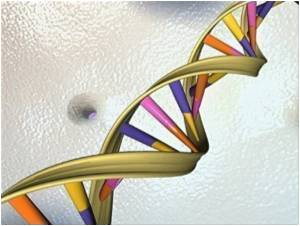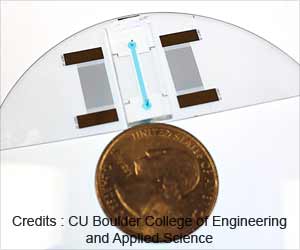
‘New statistical algorithm offers a promising approach for the identification of potential candidate disease genes.’
Tweet it Now
In the study, published in the journal Nucleic Acids Research, the researchers presented the novel method and software GSA-SNP2 for pathway enrichment analysis of GWAS P-value data. According to the team, GSA-SNP2 provides high power, decent type I error control and fast computation by incorporating the random set model and SNP-count adjusted gene score.
"GSA-SNP2 is a powerful and efficient tool for pathway enrichment and network analysis of genome-wide association study (GWAS) summary data," said Dougu Nam from the Ulsan National Institute of Science and Technology (UNIST) in South Korea.
"With this algorithm, we can easily identify new drug targets, thereby deepening our understanding of diseases and unlock new therapies to treat it," Nam added.
The researchers said that each individual's genome is a unique combination of DNA sequences that play major roles in determining who we are, accounting for all individual differences including susceptibility for disease and diverse phenotypes.
Advertisement
Through the statistical analysis of GWAS summary data, it is possible to identify the disease-associated SNPs, the researchers said.
Advertisement
Source-IANS










